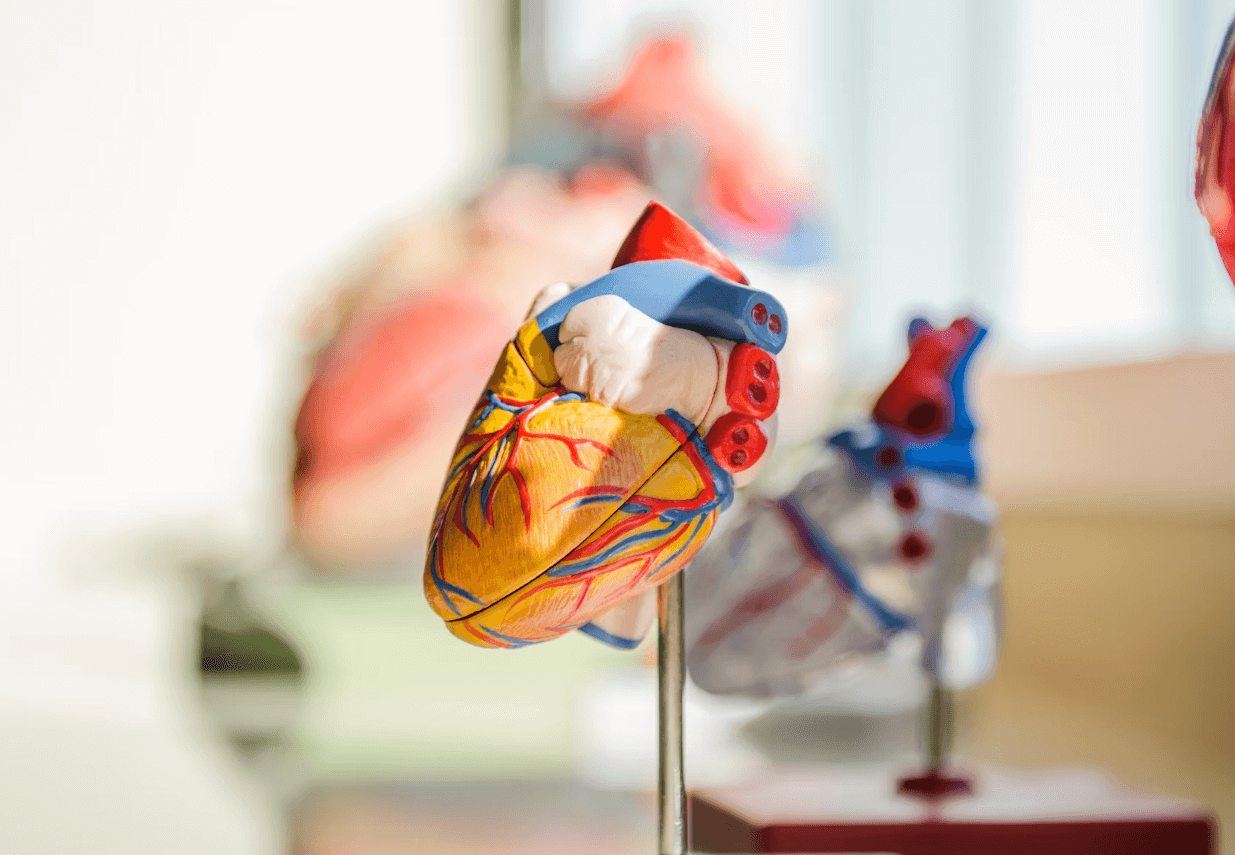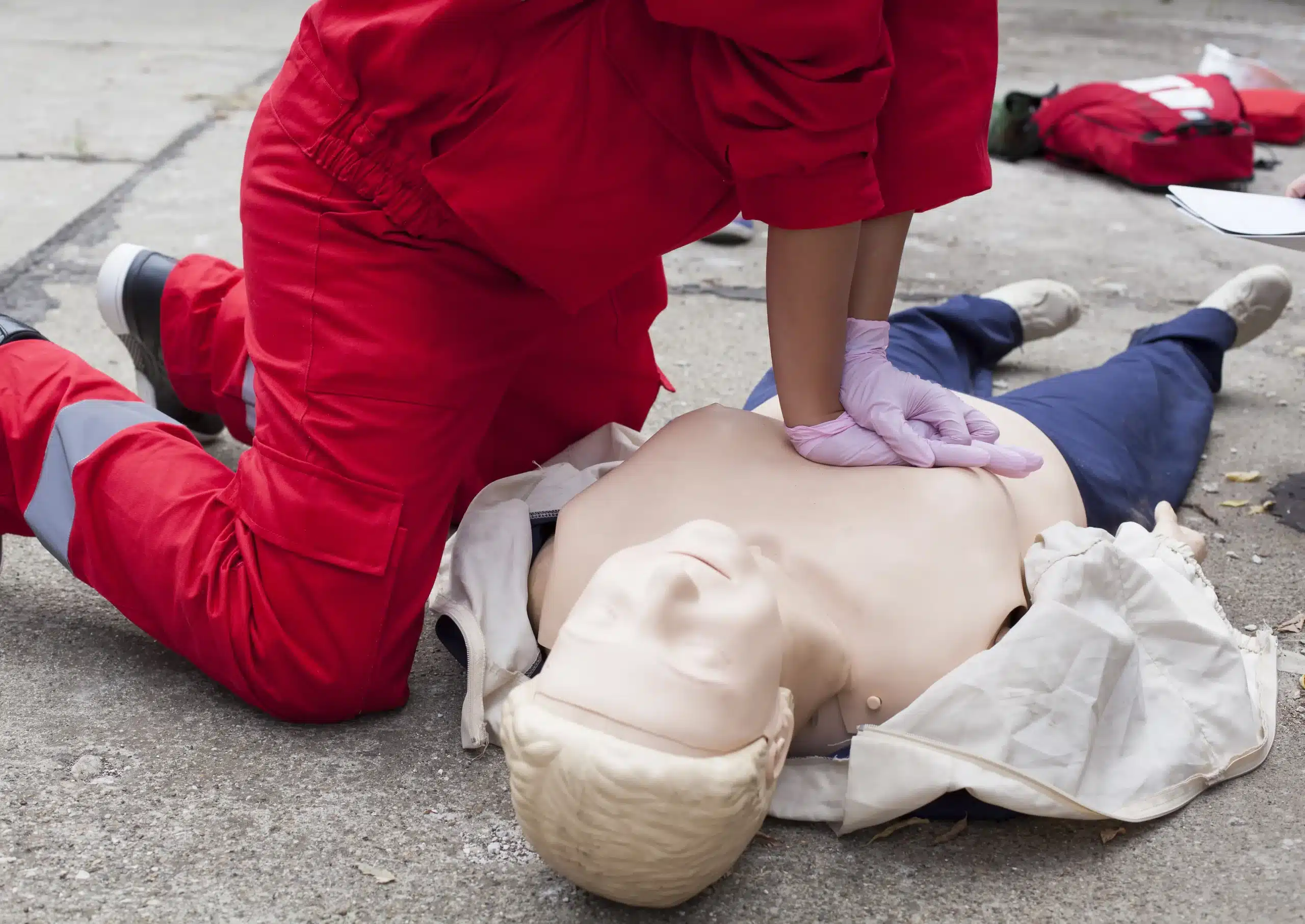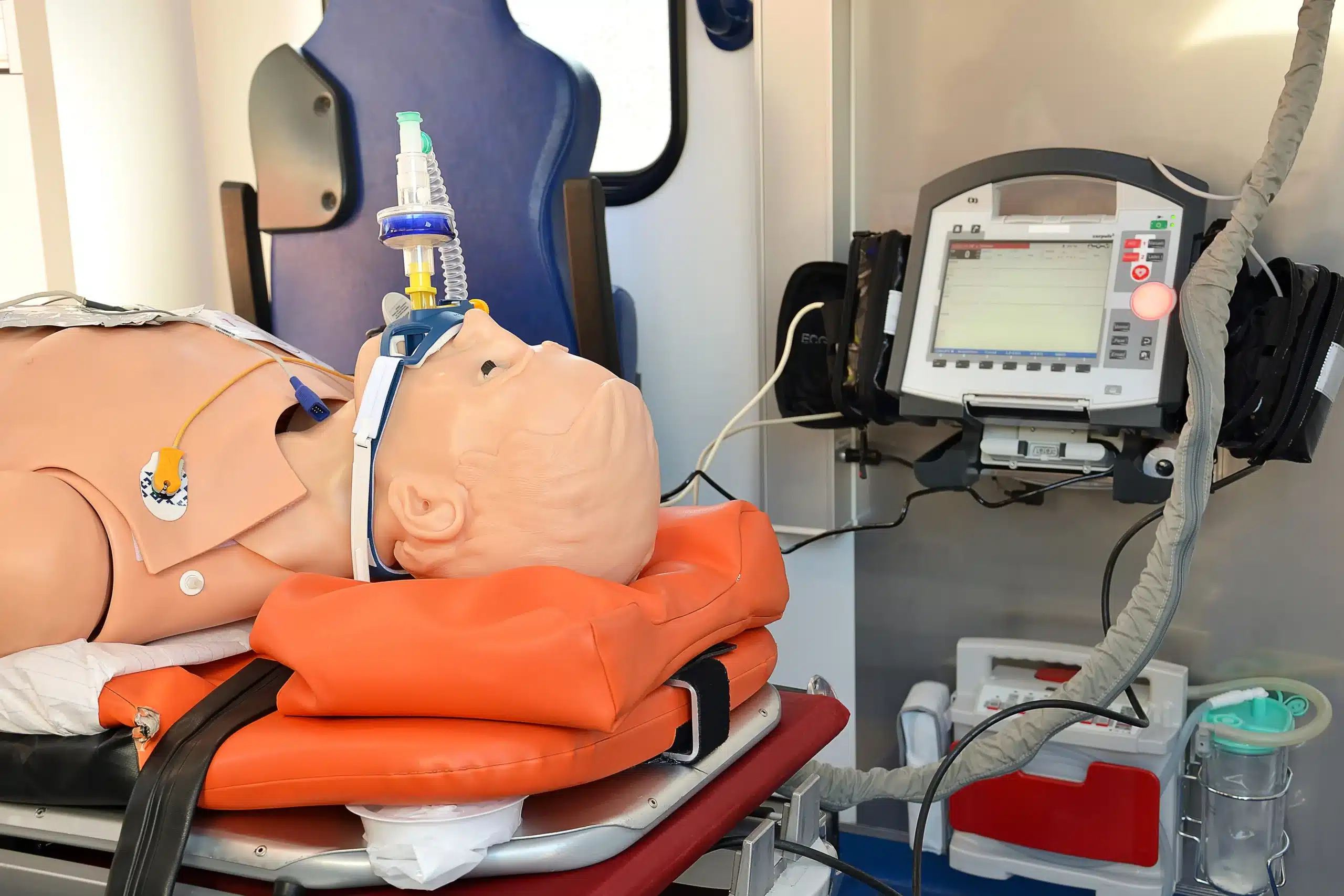Cardiopulmonary Resuscitation, or CPR, is one of the most critical emergency life-saving techniques in modern healthcare. It plays a pivotal role in ensuring the survival of individuals experiencing cardiac or respiratory emergencies. Whether performed by a healthcare professional or a bystander, CPR can make the difference between life and death in those critical few minutes before advanced medical care arrives.
This blog dives deep into the significance of CPR in healthcare, offering its history, real-life impact, and practical steps for mastering this essential skill.
If you’re curious about why CPR is a must-know for healthcare workers and the general public, keep reading to learn how it saves lives and how you can get trained today.
What Is CPR and Its Role in Healthcare
At its core, CPR (Cardiopulmonary Resuscitation) is a life-saving technique aimed at restoring blood flow and oxygenation to critical organs during a cardiac arrest or respiratory failure.
Here’s what CPR involves:
- Chest Compressions: Performed at a consistent depth and speed to manually pump blood through the heart.
- Rescue Breaths: Used to refill oxygen in the patient’s lungs if they are unable to breathe on their own.
Purpose of CPR
- Immediate Goal: Keep oxygen-rich blood circulating, reducing the risk of brain damage.
- Overall Goal: Sustain life until advanced medical intervention is provided.
CPR is universal in its applicability, spanning use cases from hospitals to public emergencies. It is as relevant for nurses and doctors as it is for bystanders witnessing an emergency on the street.
The History of CPR
The roots of CPR trace back to evolving medical practices aimed at resuscitating individuals from respiratory or cardiac distress. Here’s a brief timeline of its history:
- 1740s: The Paris Academy of Sciences officially recommends mouth-to-mouth resuscitation for drowning victims.
- 1950s: Dr. James Elam and Dr. Peter Safar reintroduce and popularize mouth-to-mouth resuscitation for broader application.
- 1960s: The American Heart Association (AHA) establishes formal CPR guidelines, incorporating both chest compressions and rescue breaths.
- Modern Era: Innovations like hands-only CPR and automated external defibrillators (AEDs) have transformed emergency response.
Scientific advancements and technology have consistently improved CPR techniques, allowing for higher survival rates in emergencies.
Importance of CPR in Saving Lives
Did you know that over 350,000 cardiac arrests happen outside of hospitals annually in the United States alone? The survival rate for individuals who do not receive immediate help is alarmingly low.
Hard-Hitting Statistics
The AHA reports that:
- 88% of Cardiac Arrests Happen at Home: Immediate CPR by a family member can potentially save their life.
- 2x to 3x Higher Survival Rate: Performing bystander CPR before emergency medical services arrive significantly increases survival chances.
The Chain of Survival
The American Heart Association emphasizes a “Chain of Survival,” where CPR plays a crucial early role:
- Recognition of the emergency and calling for help.
- Immediate CPR to maintain circulation and oxygen flow.
- Early defibrillation using an AED.
- Advanced medical care from paramedics or hospital professionals.
Simply put, CPR is a life-saver in the literal sense of the term.
The Role of Healthcare Professionals in CPR
Healthcare professionals are expected to act decisively and effectively during medical emergencies. CPR skills are not just an option but a necessity for anyone in the healthcare field.
Why CPR Competency Matters in Healthcare
- Immediate Action Saves Lives: Seconds matter in cardiac arrests, and healthcare professionals are often the first responders.
- Comprehensive Roles: Nurses, paramedics, physicians, and even administrators must be capable of coordinating resuscitation efforts.
- Regular Training is Essential: Staying current with updated guidelines ensures effectiveness during emergencies.
For healthcare organizations, investing in ongoing CPR certifications for their staff is non-negotiable—it’s a commitment to patient safety.
CPR Training and Certification
Learning CPR is not just for healthcare professionals—anyone can and should get certified. Training programs are designed to be accessible and effective, ensuring even complete beginners can master this life-saving technique.
Steps to Becoming CPR Certified
- Find a Credible Provider: Organizations like Safety Training Seminars offer American Heart Association (AHA)-approved courses.
- Choose the Right Type of Training
- Basic Life Support (BLS) for healthcare professionals.
- CPR & First Aid for the general public.
- Advanced Life Support (ACLS and PALS) for critical care providers.
- Complete the Hands-On Training: Attend a course that provides both theoretical knowledge and practical skills.
- Get Certified: Certifications typically last two years, after which a renewal course is required.
CPR certification is not just about meeting a requirement—it means being ready to save a life at a moment’s notice.
Debunking Myths About CPR
There are several misconceptions surrounding CPR, and these myths can discourage people from taking action during emergencies.
- “Only trained professionals should perform CPR”
Reality: Even imperfect CPR is better than no CPR.
- “You can only perform CPR if you’re completely sure”
Reality: Acting quickly—even with some uncertainty—is critical during emergencies.
- “CPR is only for hospital settings”
Reality: Most cardiac arrests happen outside of hospitals, making bystander CPR vital.
By understanding the facts, more people can feel empowered to step in and make a difference.
Key Takeaways
CPR is one of the most crucial skills in healthcare and public safety. Here’s a quick recap of why it matters:
- It serves as a bridge between life and death during cardiac or respiratory emergencies.
- Bystander CPR can double or even triple the chances of survival.
- Healthcare professionals play a critical role in performing and teaching CPR.
- CPR training is easily accessible and essential for everyone, not just medical workers.
Take Action – Get Trained in CPR Today
If you’re not already CPR certified, there’s no better time to get started. Safety Training Seminars offers AHA-approved courses in Tracy like CPR & First Aid, BLS, ACLS, and PALS tailored to different needs.
For healthcare organizations, ensuring that your team stays updated on CPR techniques isn’t a luxury—it’s a necessity. Sign up your staff for ongoing training and certifications today.
Remember, learning CPR means being ready to save a life. Start now—it could be the most important skill you’ll ever acquire.






